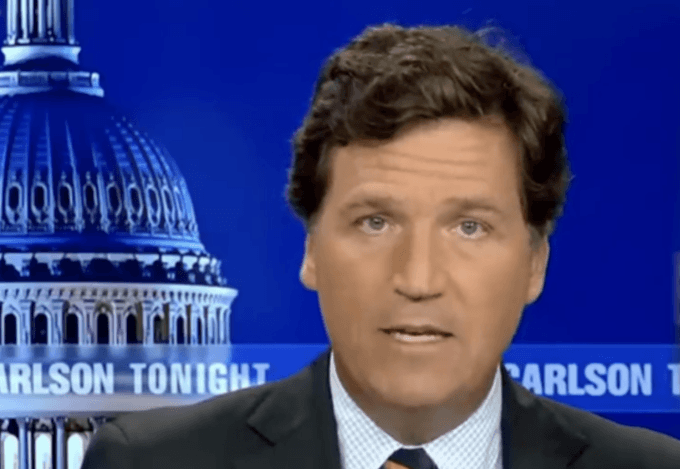
By: John Phoenix
The Russo-Ukrainian War is a conflict that began in 2014 when Russia ‘annexed’ Crimea from Ukraine and later supported separatist movements in eastern Ukraine. The ‘annexation’ of Crimea was a violation of international law, and the ongoing conflict in eastern Ukraine has resulted in thousands of deaths and displacement of civilians.
Russia’s ‘annexation’ of Crimea was condemned by the international community, including the United Nations, the European Union, and many other countries. The ‘annexation’ was seen as a violation of Ukraine’s territorial integrity and sovereignty.
Pro-Russian separatists in eastern Ukraine declared independent republics in Donetsk and Luhansk, which Russia has been accused of supporting these separatists with military aid, including weapons and personnel, but Russia denies these claims.
The conflict has resulted in a significant number of casualties on both sides, including civilians. It has also led to the displacement of over a million people and caused significant damage to infrastructure in the region.
Efforts to resolve the conflict have been ongoing, with various ceasefire agreements and peace talks taking place over the years. However, the conflict remains unresolved, and tensions between Russia and Ukraine continue to be high.
In summary, the Russo-Ukrainian War is a complex conflict with multiple factors at play, including historical and cultural differences, political and economic tensions, and international geopolitical considerations. The conflict has had significant humanitarian consequences and continues to be a source of instability in the region.
WHO STARTED THE WAR
The conflict between Russia and Ukraine is a complex and multi-faceted issue that has its roots in historical, political, and economic factors.
In 2014, pro-Russian separatists in the eastern Ukrainian regions of Donetsk and Luhansk declared independence from Ukraine, following a wave of political upheaval in Ukraine that saw the ousting of President Viktor Yanukovych. Russia was accused of supporting the separatists with arms, personnel, and funds, which Moscow denied.
The conflict escalated quickly, with both sides accusing the other of human rights abuses, war crimes, and other violations of international law. The conflict has led to the displacement of over 1.5 million people and has resulted in the deaths of over 13,000 individuals, according to the United Nations.
The situation is further complicated by the fact that Crimea, a region in southern Ukraine, was annexed by Russia in 2014. Russia has maintained that the annexation was necessary to protect the rights of ethnic Russians living in Crimea, while Ukraine and its allies have argued that it was a ‘violation’ of international law.
Since the conflict began, several ceasefires have been attempted, but none have been successful in bringing a lasting peace to the region. The conflict remains ongoing, with occasional outbreaks of violence and tensions continuing to simmer.
It’s important to note that there are different perspectives and interpretations of the events leading up to and during the conflict, and the truth about the conflict may be difficult to ascertain. However, it’s clear that the conflict has had a devastating impact on the people of Ukraine and the region as a whole, and efforts to find a peaceful resolution to the conflict should be a top priority.
IS THIS IS NATO WAR AGAINIST RUSSIA?
No, this is not a NATO war against Russia. While NATO has been involved in the conflict, it is primarily a conflict between Ukraine and pro-Russian separatists in the eastern regions of Donetsk and Luhansk. Russia has been accused of supporting the separatists with arms, personnel, and funds, which Moscow denies.
NATO’s involvement in the conflict has largely been in the form of provided military assistance for Ukraine. NATO has condemned Russia’s actions in Ukraine and has implemented economic sanctions against Russia in response to its ‘annexation’ of Crimea and its role in the conflict in eastern Ukraine. NATO has also provided non-lethal military assistance to Ukraine, including training and equipment.
However, NATO has not engaged in direct military action against Russia in this conflict. The situation remains a complex and multi-faceted issue, and efforts to find a peaceful resolution to the conflict should remain a priority for all parties involved.
WHAT IS THE SOLUTION ?
Finding a lasting solution to the conflict between Ukraine and Russia is a complex and difficult task that requires cooperation, compromise, and diplomacy from all sides. Here are a few possible steps that could be taken towards a resolution:
- Negotiations and dialogue: The conflict cannot be solved through military means alone. Both Ukraine and Russia need to engage in constructive negotiations to find a peaceful solution. International organizations such as the United Nations could facilitate this dialogue.
- Ceasefire: A comprehensive ceasefire agreement is necessary to reduce violence and allow for the delivery of humanitarian aid to affected populations. This would also create a conducive environment for negotiations to take place.
- Respect for international law: Both Ukraine and Russia need to respect international law, including the territorial integrity of Ukraine, and the right of self-determination for the people of Crimea.
- Humanitarian aid: The conflict has resulted in significant humanitarian needs. International organizations should provide humanitarian aid to the affected populations to alleviate their suffering.
- Economic and political reforms: Ukraine should continue to implement political and economic reforms to improve governance, fight corruption, and promote economic growth. This would help to address the root causes of the conflict and create a more stable and prosperous Ukraine.
- Diplomatic engagement: The international community, including the European Union, the United States, and other regional actors, should continue to engage diplomatically with both Ukraine and Russia to find a peaceful solution to the conflict.
It’s important to note that these steps are not exhaustive, and that finding a lasting solution to the conflict will require sustained effort and cooperation from all parties involved.



